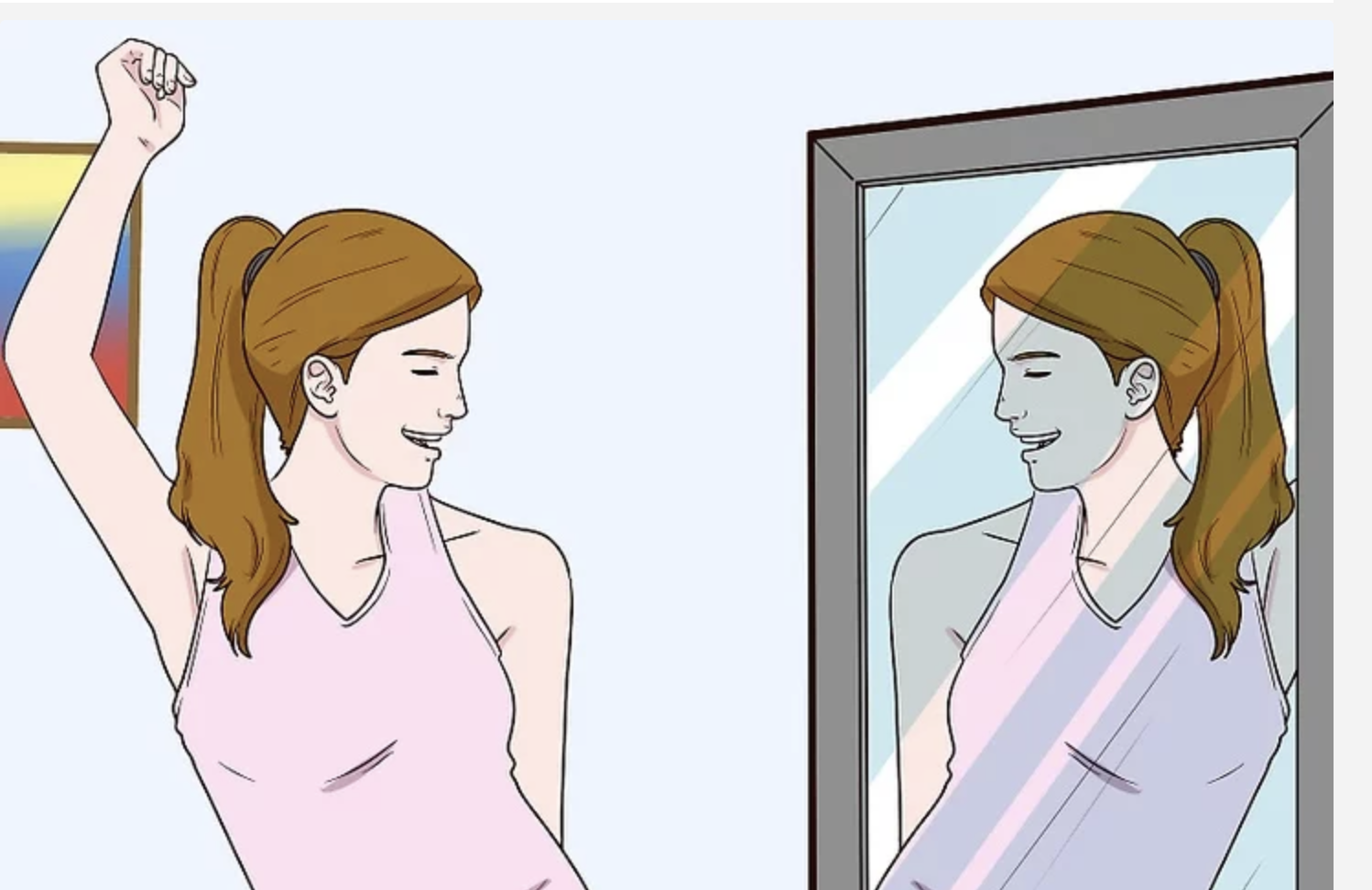 Dear Dace Diva,
Dear Dace Diva,
Do you have any advice for feeling comfortable dancing in a way that’s a bit… sexy? I’m a beginning competitor and my instructor keeps telling me to be sexier, but whenever I try, I just feel silly and awkward. Thanks for your help.
—–S & A
Dear S & A,
Competitive ballroom dancing demands us to display parts of our personalities that we rarely reveal publicly or even acknowledge to ourselves. Often times, particularly for folks who tend to be on the introverted side, this can be very difficult. Trying to be sexy…hmmm… in my opinion it’s best to let sexiness on the dance floor happen organically, as a byproduct of confidence and connection.
Confidence. Confidence comes with mastering your routines. A prerequisite to mastering any skill, including dancing, is muscle memory, the key to which is hours and hours of repetition. When we practice our routines over and over again they become implanted in the brain so thoroughly, it creates a kind of shorthand between thinking and doing. Our movements literally become automatic allowing us to stop thinking about every step we take. This seemingly effortless execution manifests as confidence. Muscle memory also leaves a dancer’s brain free to add layers of detail and color to the dance, to interpret the music and focus on the moment-by-moment nuances of the performance.
Connection is the heart and soul of ballroom dancing: the connection between a man and women and the synergy of movement between them; the connection to the audience; and the connection to the music.
While you’ve got to be able to dance your parts on your own, you must remember you’re not doing a solo. Pay attention to your partner. In addition to the obvious physical connections (hand to hand, closed frame, shadow, etc.), visual connection and emotional connection are also important components of partner dancing. Pay attention to the audience also. Plan moments in your routine that allow you to make eye contact with the folks watching, be gracious when you bow and above all have fun!
Finally, get acquainted with the history of origin and character of each dance you do. You can’t embody the character of a dance as you move your body, if you don’t know what it is (see below). Understanding the root of a dance helps you connect with your partner and the music in a way that allows you to tell a story with your movement rather than simply executing a bunch steps and figures without intention.
- Foxtrot, Quickstep: Spirited, Energetic, Jazzy/Jazz-Inspired
- Waltz: Elegant, Romantic, Graceful, Soft, Ethereal
- Viennese Waltz: Fast, Elegant, Magical
- Tango: Incisive, Exciting, Passionate, Aggressive
- Cha Cha: Flirtatious, Playful, Representing the pursuit of the woman by the man
- East Coast Swing, Jive: Energetic, Playful, Jazz-Inspired
- Rumba, Bolero: Sensual, Passionate, Representing mature, romantic love
- Mambo, Samba: Fun, Upbeat, Lively, Spicy, Primal, Earthy
I hope these tips help. Remember, learning to dance is a journey so be patient and kind to yourself along the way. Good luck and keep dancing!
Dance Diva
Need advice? Get in touch…
